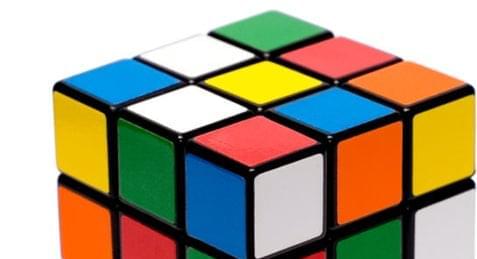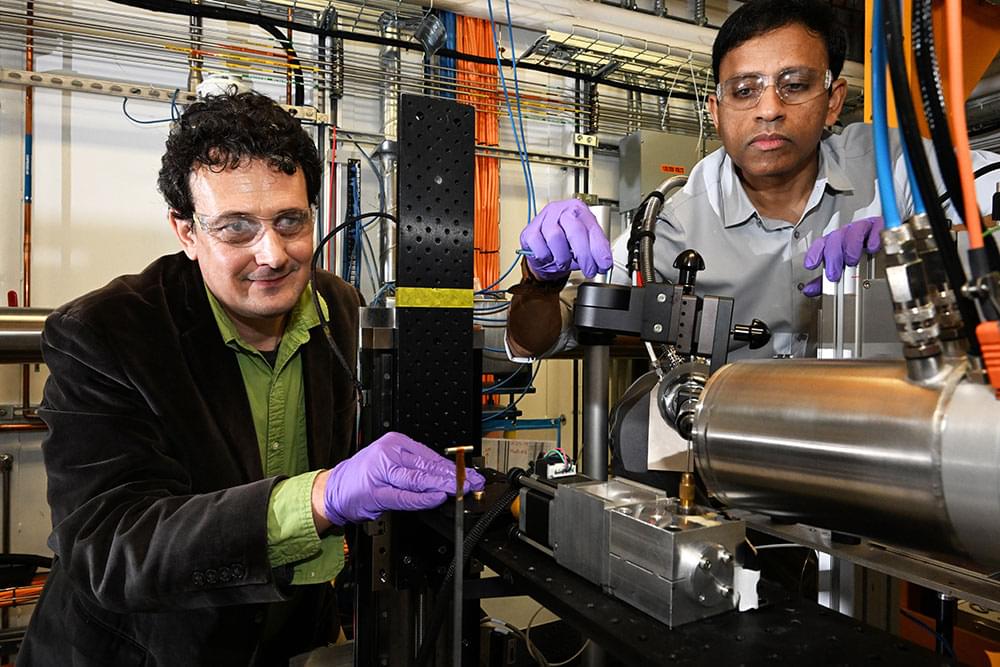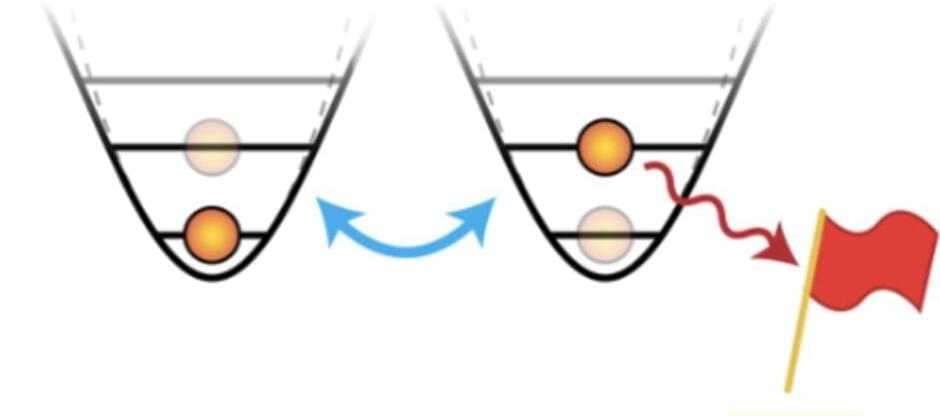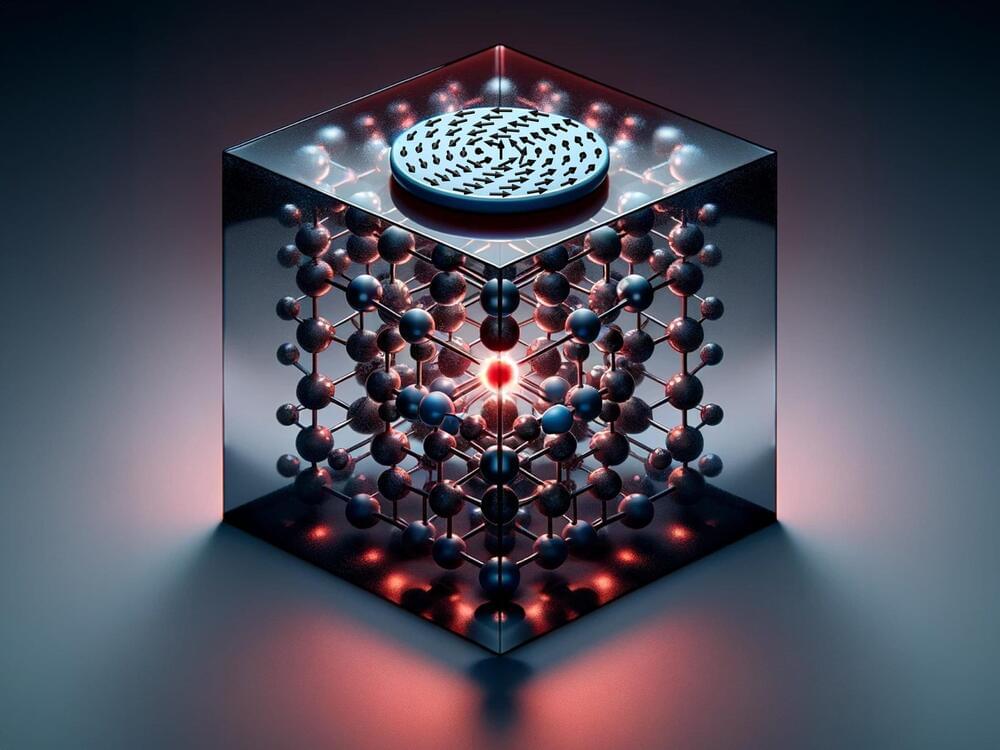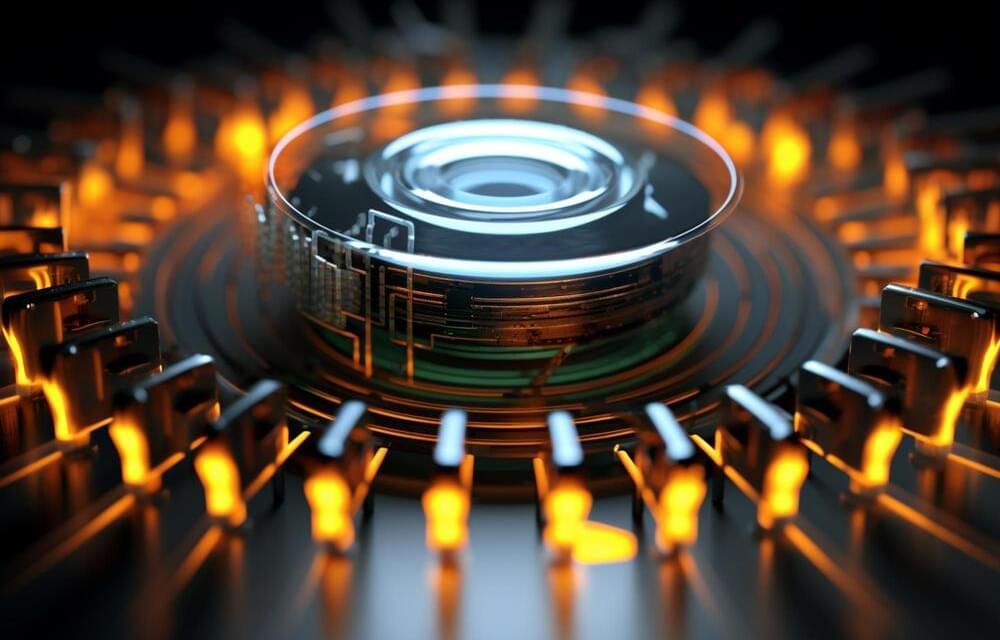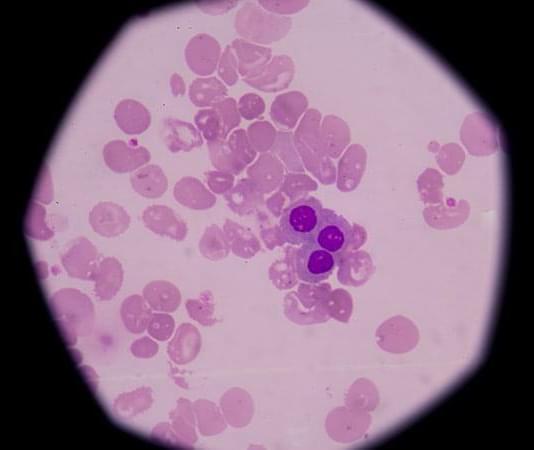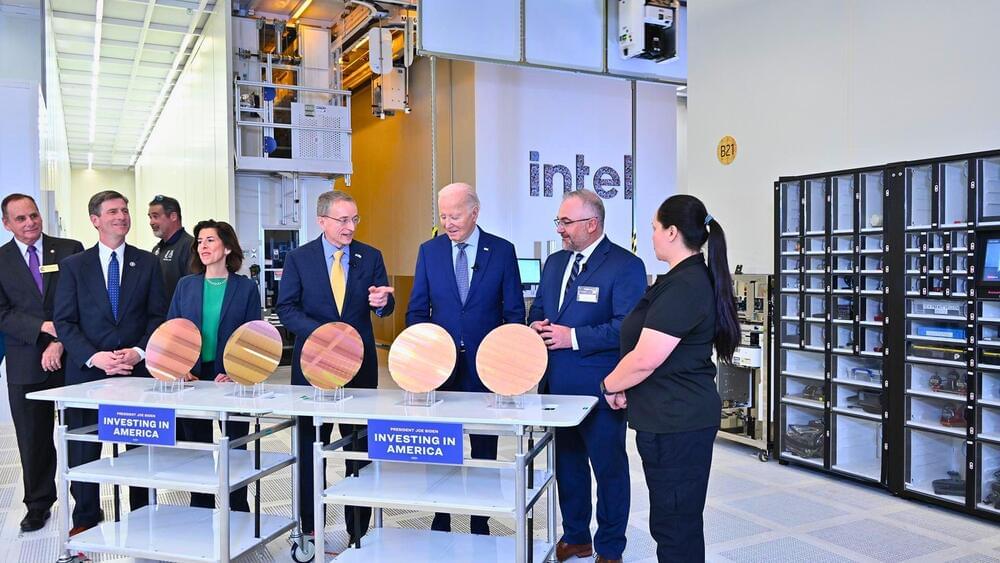Mar 25, 2024
32°N’s liquid-lens sunglasses transform into reading glasses with a swipe
Posted by Gemechu Taye in category: computing
So what happens if you combine reading glasses with sunglasses and put a chip in that so discretely that nobody can even tell?
That’s what Deep Optics has done with its latest 32°N-branded Muir sunglasses that I’ve been testing for the last few weeks. A swipe on the frame sends an electrical signal to the two liquid crystal lenses to change the state of millions of tiny pixels so that close objects come into focus.
As such, these 32 Degrees North specs eliminate the need to carry (and lose) both reading glasses and sunglasses — at least, that’s the promise made in exchange for $849 of your hard-earned money.

